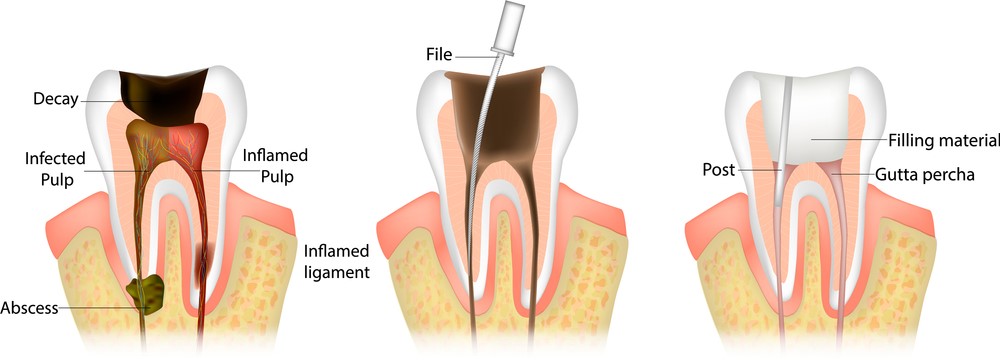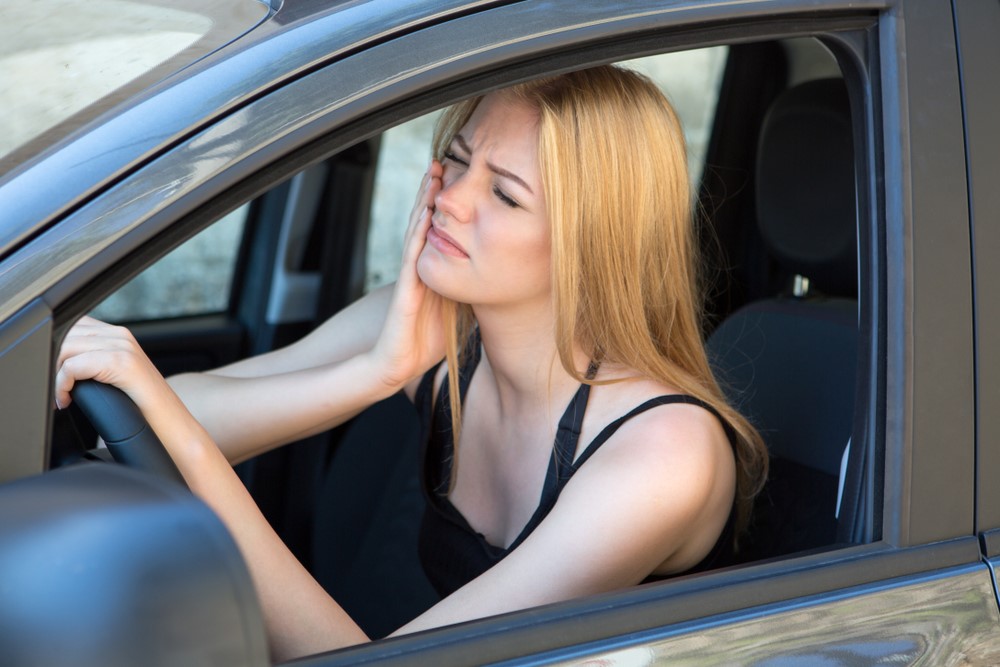Root canal treatment is a common dental procedure performed to save a severely damaged or infected tooth. While the treatment itself is relatively straightforward, many patients wonder about its impact on their daily activities. One common question that arises is whether it is safe to drive after a root canal. In this article, we will delve into this subject and provide you with the necessary information to make an informed decision.
Table of Contents
Understanding Root Canal Treatment
Before we address the driving aspect, let's first understand what a root canal treatment entails. This procedure is performed when the dental pulp inside a tooth becomes infected or inflamed due to deep decay, a cracked tooth, or repeated dental procedures. During the treatment, the dentist removes the infected pulp, cleans the inside of the tooth, and then seals it to prevent further infection.
Typically, a root canal treatment requires one or two visits to the dentist, depending on the complexity of the case. After the procedure, a temporary filling or crown is placed on the tooth until a permanent restoration can be completed. The recovery period varies from person to person, but it is essential to follow your dentist's instructions for optimal healing.

Effects of Root Canal Treatment on Driving Ability
After undergoing a root canal, it is common to experience some side effects. These may include temporary numbness, discomfort, or mild pain around the treated tooth. These side effects, although temporary, can potentially affect your ability to drive safely.
Numbness can limit your ability to gauge pressure and temperature accurately, which could compromise your control of the vehicle. Discomfort or pain could cause distractions, reducing your focus on the road. It is essential to assess your personal comfort level and pain levels before deciding to drive after a root canal.
Dentist's Recommendations Regarding Driving
The decision of when it is safe to drive after a root canal ultimately rests with your dentist. Dentists may provide specific guidelines based on your individual condition and recovery progress. It is crucial to consult with your dentist about their recommendations on driving after the procedure.
Keep in mind that your dentist's recommendations may vary depending on factors such as the complexity of the root canal treatment, the specific tooth involved, and your overall oral health. Following their advice will ensure a safe driving experience and promote a smooth recovery.
Factors to Consider Before Driving
Before getting behind the wheel after a root canal, there are specific factors you should consider:
- Pain levels and discomfort: Assess the pain levels and discomfort in the treated area. If you experience significant pain that affects your ability to focus or control the vehicle, it is best to postpone driving until you are more comfortable.
- Medications: Your dentist may prescribe pain medications to manage any post-treatment discomfort. Some pain medications can cause drowsiness or affect your alertness. It is essential to understand the potential side effects of any medication you are taking and evaluate whether it is safe to drive while under its influence.
- Numbness or loss of sensation: Numbness in the mouth, lips, or jaw is a common side effect of root canal treatment. This loss of sensation can impact your ability to chew food or speak clearly. It is important to consider how this numbness may affect your control of the vehicle or your ability to react to potential hazards on the road.
- Dizziness or lightheadedness: In some cases, root canal treatment can cause temporary dizziness or lightheadedness. These sensations can be disorienting and affect your driving ability. If you experience these symptoms, it is best to avoid driving until they resolve.
Waiting Period Before Driving
While there is no definitive waiting period for driving after a root canal, a general guideline is to wait 24 to 48 hours before getting behind the wheel. However, it is crucial to consult with your dentist for specific instructions based on your unique circumstances.
Your dentist will consider factors such as the complexity of the root canal treatment, your overall healing progress, and any residual side effects before providing guidance on when it is safe to drive. It is imperative to prioritize your safety and follow your dentist's recommendations for the best possible outcome.
Alternatives to Driving
If you are unable to drive after a root canal, there are alternative transportation options to consider:
- Public transportation: Utilize buses, trains, or trams to get to your desired destinations.
- Ridesharing services: Use popular ridesharing services like Uber or Lyft to travel conveniently.
- Ask for a ride: Seek assistance from family members, friends, or coworkers who can provide transportation.
- Arrange carpooling: Coordinate with colleagues or neighbors who live nearby for carpooling options.
Remember, prioritizing your safety and the safety of others on the road is of utmost importance. Utilize alternative transportation methods until you are confident in your ability to drive safely.
Conclusion
In conclusion, the decision of whether you can drive after a root canal depends on various factors, including your comfort level, pain levels, and the recommendations of your dentist. Root canal treatment may temporarily impact your driving ability due to side effects such as numbness and discomfort. It is essential to consult with your dentist and assess your condition before getting behind the wheel.
By prioritizing safety and following your dentist's instructions, you can ensure a smooth recovery and minimize any potential risks associated with driving after a root canal. Remember, driving should only be resumed when you feel comfortable, in control, and confident in your ability to drive safely.


